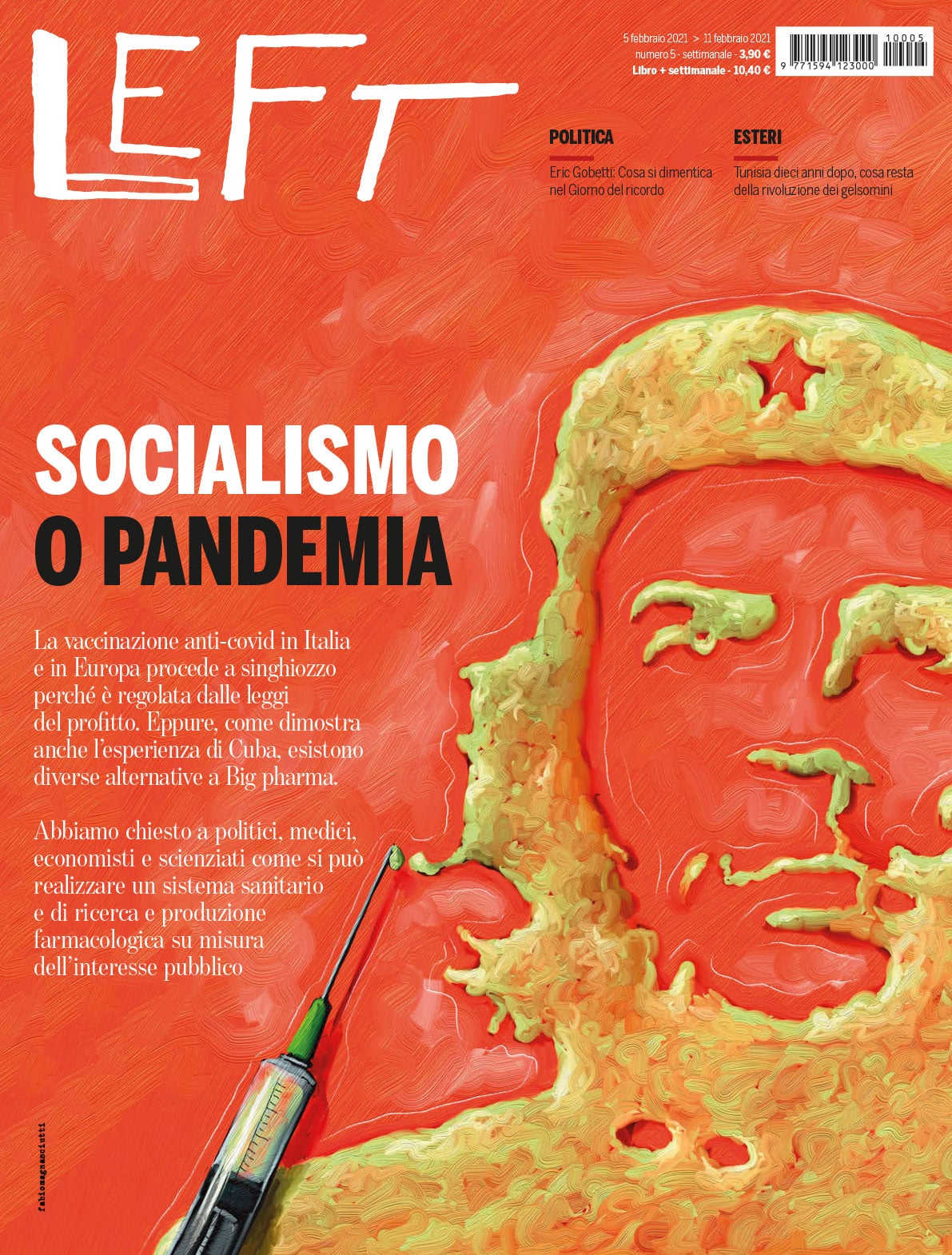Wright’s architecture is to some extent explicitly pervaded by a strong link with the cultures of the peoples that flourished on the soil of the Americas and by the importance of integrating architecture into the landscape with the built space.
This aspect is fundamental today in a period in which there is intense debate about the transformations architecture will have to measure itself against with respect to the environment and social justice. In October 2020 the docufilm Unity Temple was released: Frank Lloyd Wright’s Modern Masterpiece by Lauren Levine with the narrative voice of Brad Pitt and dedicated to the conservative restoration of Frank Lloyd Wright’s first public work, the Unity Temple (1905-1909, Oak Park, Illinois).
The building’s restoration process, defined by Wright as his contribution to modern architecture, highlights the architect’s approach drawing inspiration from the art and techniques of ancient civilizations, such as the Japanese one, evident in the interior finishes, and the Mesoamerican one for the monumental complex as a whole. The documentary mentions a reference to the ancient Neolithic – and sustainable – construction technique of rammed earth. A vernacular architecture technique widespread in the Himalayas and China which essentially consisted of the stratification of earth (sand, gravel and clay) distributed and compressed in successive layers in a wooden formwork.
In this work, like those that followed in Wright’s long career, both public and private, the importance of light design emerges in the general idea of space giving the architecture a level of poetic definition. The Unity Temple is a transitional work in Wright’s design path; in fact it seems to be very different from those that followed due to the rational compositional rigor of the whole, prefiguring the Maya Revival of the 1920s.
Research of the years 1911-1939
After meeting Mamah Borthwich Cheney, translator of the Swedish feminist writer Ellen Key, Wright started a new life with her in the studio house in Taliesin Spring Green (1911-Wisconsin), a manifestation of his new way of thinking about architecture in the natural landscape. Years of great transformation in the contemporary context of architecture would follow. As for Wright, his life was marked by a tragedy: the murder of Mamah Borthwich herself, her two children and others by a worker in Taliesin (as recounted in T.C. Boyle’s novel Le donne, Feltrinelli, 2009). Thereafter, for a few years Wright lived in Japan where he also designed the Imperial Tokyo Hotel (1919-1923, later demolished in 1968). Later, in California in the 1920s he built the houses known for the monumentality and austerity of the whole (Ennis House 1923-24; Millard House 1923) as well as the famous experiments of prefabricated textile blocks in cement conglomerate, clearly inspired by the architecture of the Maya Revival. Critic Christopher Hawthorne in the documentary That Far Corner: Frank Lloyd Wright in Los Angeles (2018) said that these houses were the architecture of Wright’s personal journey after the tragedy of the loss of Mamah Borthwich. Before taking on the project of the house on the waterfall (Fallingwater,) in the difficult years of the economic crisis from 1927 until the mid-1930s, Wright devoted himself to research and theorized the theme of the garden city of Broadacre city, an urban and rural utopia, conceived to provide an urban, agricultural and architectural solution to the problems debated in those years following the new development of suburban areas and the contemporary proposals of the Modern Movement. Ideas that would form the basis of the series of houses called Usonian, including the Roland Reisley House (1951, New York) and the same year the Laurent House (Illinois) designed for a client with disabilities.
In Franklin Toker’s book Fallingwater Rising (2005), the author recounts that the model of Broadacre City represented an important step in Wright’s public image. It was the entrepreneur E.J. Kaufmann, father of Edgar Junior and recently arrived in Taliesin Green in 1934, who offered his support for the funds necessary to build the model. A month later in December 1934 Wright went to Pittsburgh as a guest of Edgar and Liliane Kaufmann to visit the property where the weekend residence would be built, later named Fallingwater. In addition to the link between the built space and the landscape, in many works there is a direct reference to the archetype of the architecture of some native tribes, namely the Teepee, an organic, transportable construction. This can be seen for example in the house built for H.F. Johnson, former customer of the Johnson Wax office building (1936-1939, Racine, Wisconsin), called Wingspread 1939, where the reference is evident in the central hall. In research by the Metropolitan Museum of Modern Art on the Nakoma Memorial (1923-24 Winsconsin) and the adjoining Golf Club, researcher Elisabeth Hawley defines this design reference to indigenous Native American architecture regarding the constructions of the Teepee and the Wigwam as a fantasy of an Indian identity (fantasy of India-ness) even if, according to the scholar, Wright would have limited himself mainly to using the stereotypical images of the natives, that is, responding only to the eclectic taste of the early twentieth century.
I strongly believe, however, that for Wright these elements constituted a compositional structure of added reference, comparable to that represented by the Artistic Avant-gardes for the Modern European works of the 20s, in particular in the theme of the house.This inspiration can be found in the lines created in the research of laboratories of Taliesin Spring Green and then of Taliesin West (1937 -1959, Arizona).
In general, the influence of Native American iconography expressed in the geometric patterns of the designs of textile art, pottery, archaeological finds and archetypes of indigenous architecture is evident in Wright’s work. This influence is manifest in the compositions of triangles, rhombuses, hexagons, spiral signs and various geometric aggregations, as well as in the use of colors close to those used in the artifacts of the various indigenous groups, not to mention the vital and artistic relationship that the natives had with nature.
The denied identity of the natives
The cultural identity of Native Americans, after the massacres of the nineteenth century – we speak in this regard of genocide – was then often denied, and only in 1988 did the United States Congress approve a document, Concurrent Resolution 331, that recognized the influence of the Iroquois constitution on the American Constitution. The Federation of Iroquois consisted of an allied group of tribes who lived in North America along the Appalachian mountain range. It was a semi-nomadic population and had established rules of alliance and coexistence between different ethnic groups long before the arrival of the Europeans. Their architecture was characterized by a type of construction called a longhouse, i.e. a wooden structure covered with tree bark modules that covered the horizontal extension of the building while the curved roof had closable openings, and the space housed the areas set up for 5 or more families arranged in line at the sides of a single room.
Often this culture and others of the Native Americans have been presented as primitive and savage, identifying them more in the practice of hunting and war, mainly male tasks, when instead the scientific, anthropological and artistic testimonies show that there was also a reality made up of cultural exchanges, creativity and great technical innovation.
This is the opinion of Mark Jarzombek, professor of history and theory of architecture at the Massachusetts Institute of Technology. In one of his lectures for an online course at MIT in December 2017, the professor explained the technical evolution of the teepee or tipi, the portable tent of the prairie Indians. A word that in the Lakota language belonging to the Sioux means “they live” from thi, which means to live.
The teepee, perhaps invented around 3000-2000 BC, is built with a more sophisticated structure than some previous examples. In fact, it was removable, made of wooden poles and a leather covering designed and drawn to form a semicircle also fixed to a pole. The innovation also consisted of an opening at the top that is no longer open in the center, but can be closed with wings that can be maneuvered from the outside and moved towards the perimeter to the west in front of the entrance to the east. Not all teepees were historiated. The decorations related to personal experiences concerning hunting, visions and dreams depicted in artistic images produced by those in the community who knew how to draw. Drawings that represented the thoughts of an individual became the cultural heritage of the tribes.
According to Jarzombek, the invention of the teepee was the work of the women who took care of the materials, food and activities of the village. This technological flexibility gave the tribes a great advantage in terms of the possibility of movement and survival in the natural context.
The technological innovations of housing structures linked to the nomadic culture of the Native Americans represent a model of sustainable architecture ante litteram. Behind this approach, there is an image linked to movement and a poetic world that Wright manages to capture in its essence, not just as a figure.
The example of Casa Hagan (1954-56), Pennsylvania
2021 marks the 25th anniversary of the opening of the house called Kentuck Knob or Hagan house to the public. Immersed in nature and located on a panoramic hill in the territory of the Appalachian mountains, it was the last house he built before his death in 1959.
The first owners lived in Kentuck Knob for 30 years and then had to leave it for health reasons. The new owner Peter Palumbo discovered it by chance thanks to a visit to the nearby “Fallingwater” and acquired it in 1985. The house was designed for the two Hagan spouses and is inscribed in the category of Usonian Houses built with sustainable costs. Kentuck Knob, like Fallingwater, has a synergistic relationship with nature, but marks a further step in Wright’s organic research and in the idea of themovement of parts of the architecture, as in the contemporary Guggenheim Museum.
Construction work began as Wright moved to New York City where the Solomon R. Guggenheim Museum was due to open in 1958.
As in other Usonian houses the floor plan has a particularity that in Kentuck Knob favors the geometric composition of the hexagon and excludes the presence of right angles left only in the shower in the bathrooms.
The courtyard is designed by perspective views that cut the view of the surrounding nature landscape. The copper roofs, in the contrast of the materials – red cypress and local stone for the other built parts – stop being pitched roofs and become light elements.
The openings, which dematerialize the roof of the veranda to the south, are an expedient already used by Wright and allow us to observe the sky through a wooden frame, forming hexagonal cuts designed here to draw an immaterial line of reflected geometries which, losing themselves in nature, mark the indefinite border between architecture and the poetry of drawing.
The light is filtered on the side of the entrance through the narrow windows with perforated panels, as in the Bernard Schwartz house (1939, Winsconsin) and other Usonian houses. In the hexagonal kitchen, the skylight appears off-center, like the top opening of the teepee, and creates geometric lines of light on the surface of the interior walls of the kitchen that seem to come from native textile art. Faced with this space, it is possible to imagine that the rational and well-constructed geometric lines on the wood of the hexagonal holes of the veranda of the long Hagan house stem from a momentary image invented by women in a nomadic culture, where everything had to move, like the passing of the light, when the time came and then took shape elsewhere towards the infinity of every thought. (translation of Francesca Serri)
(in the picture: Kentuck Knob)

Leggilo subito online o con la nostra App
SCARICA LA COPIA DIGITALE





